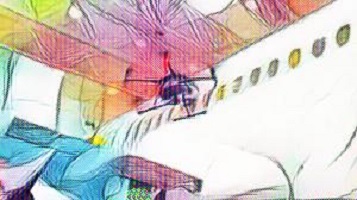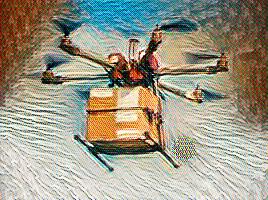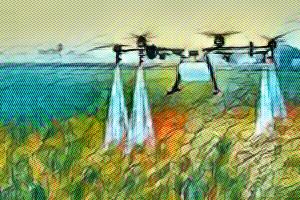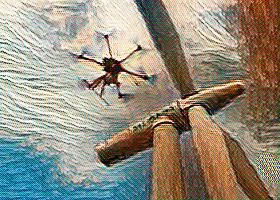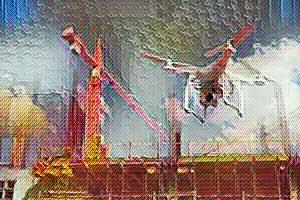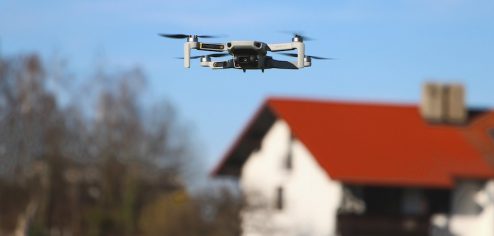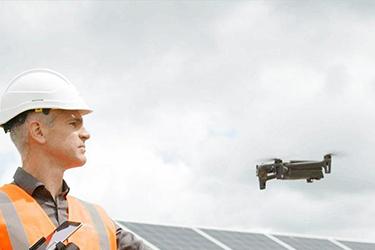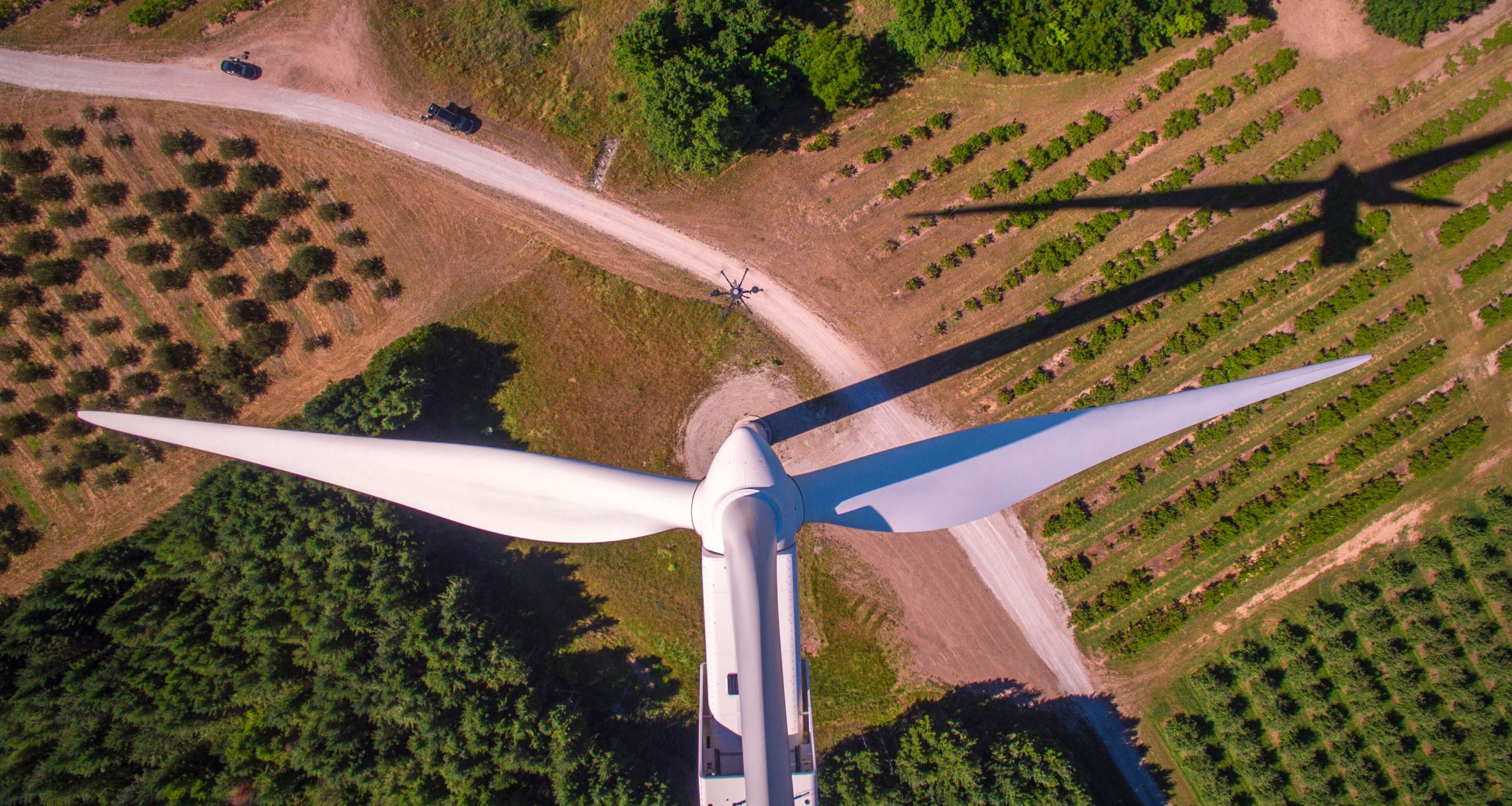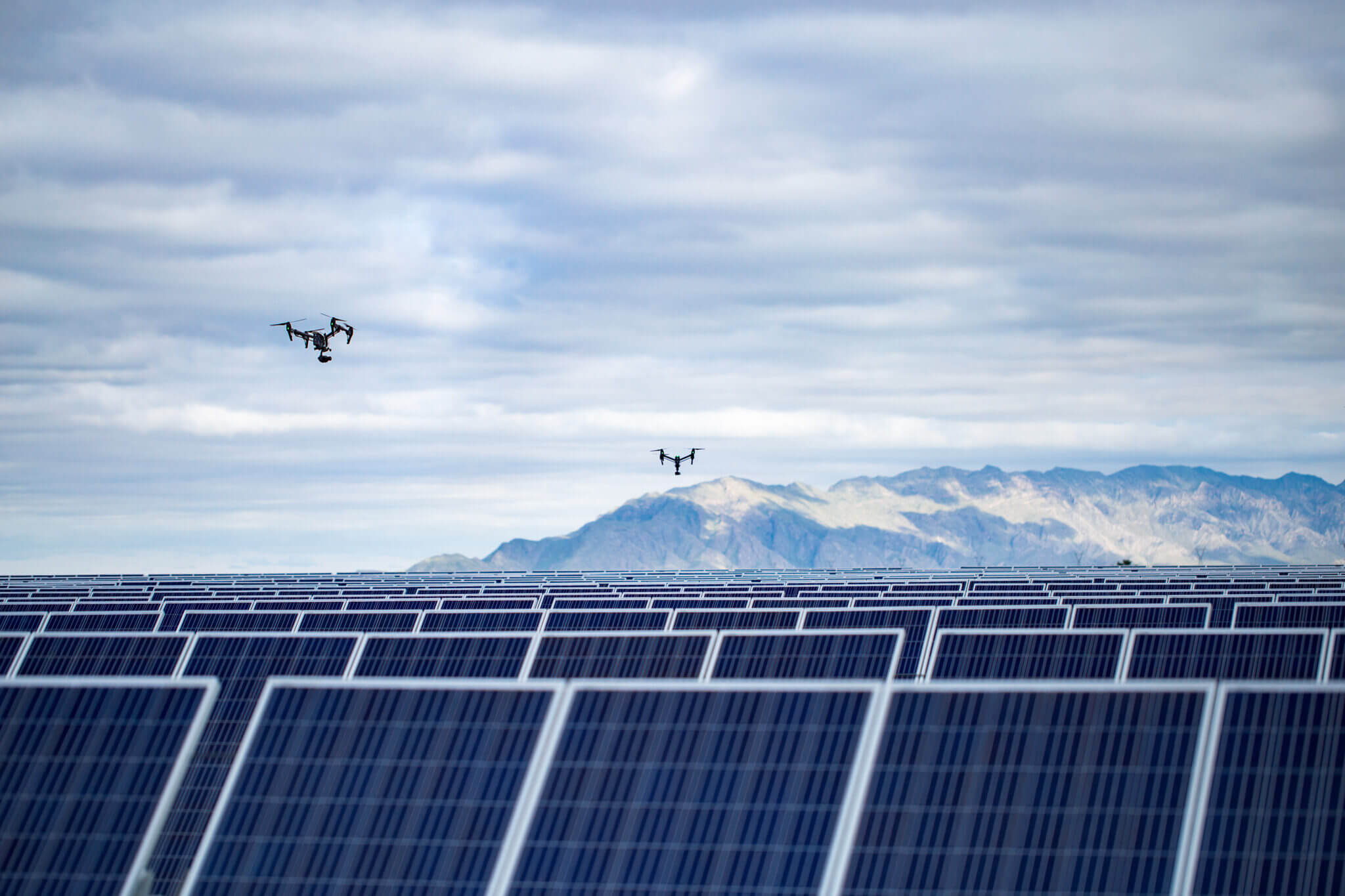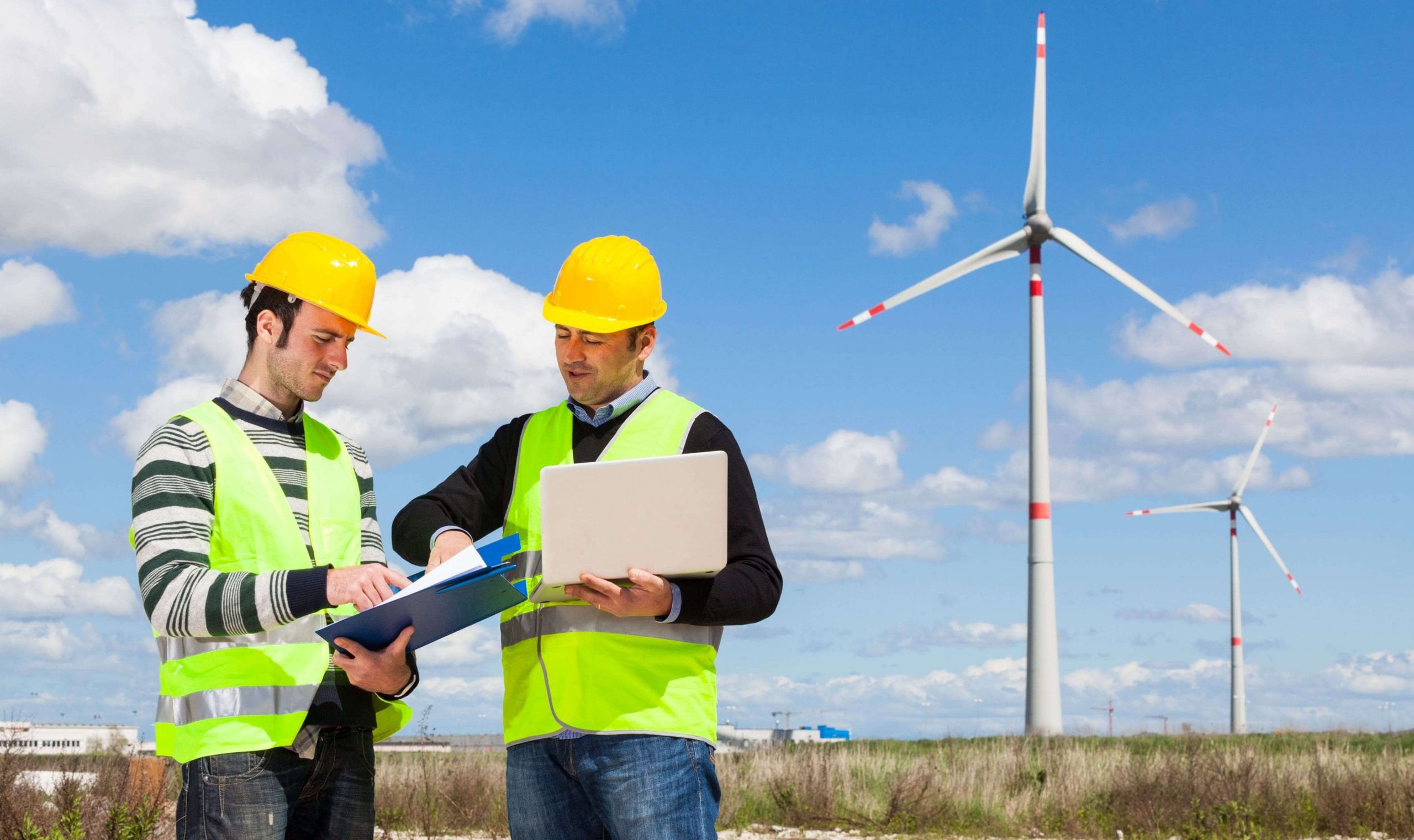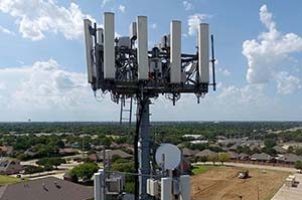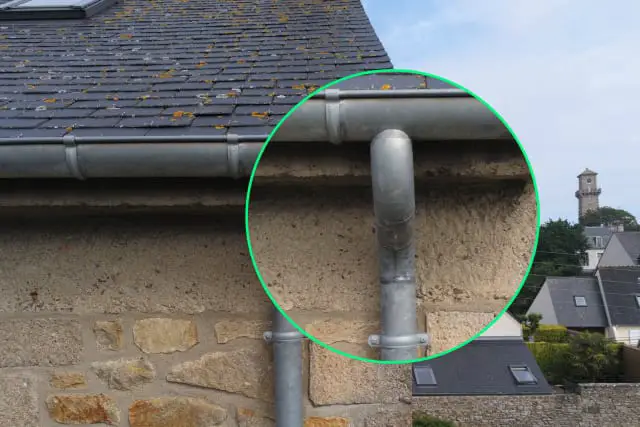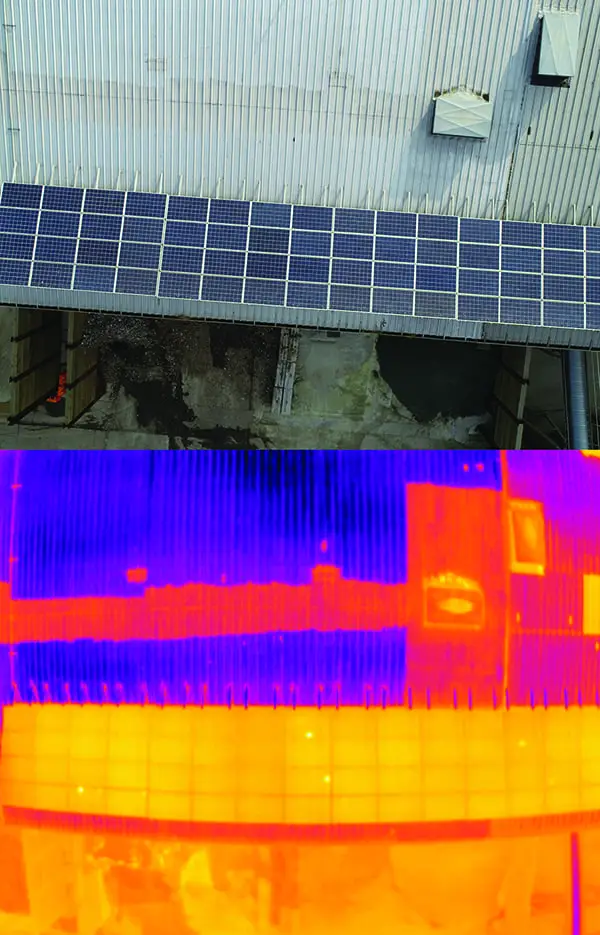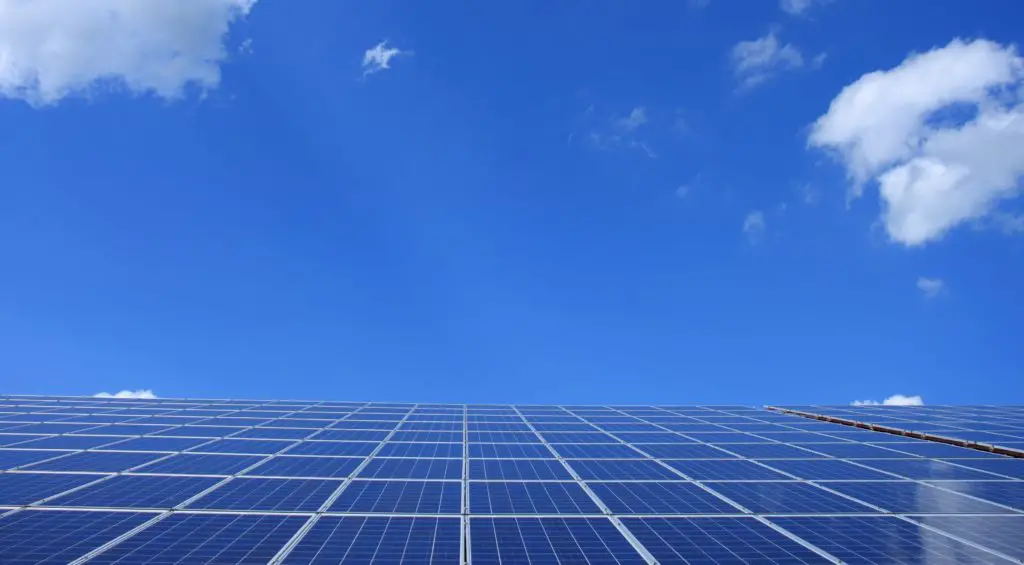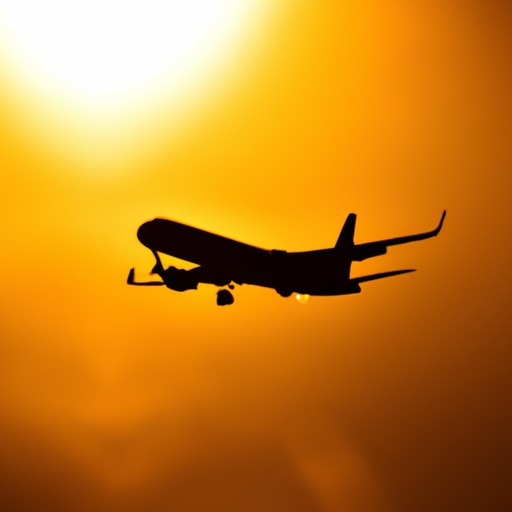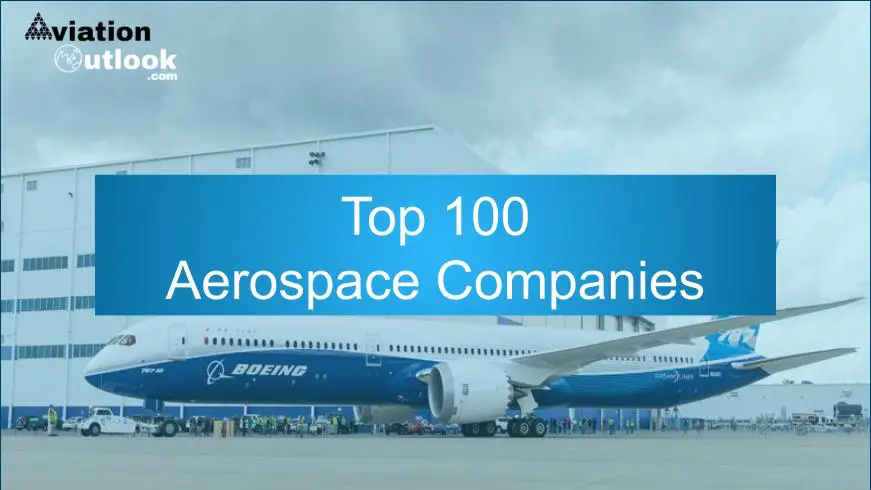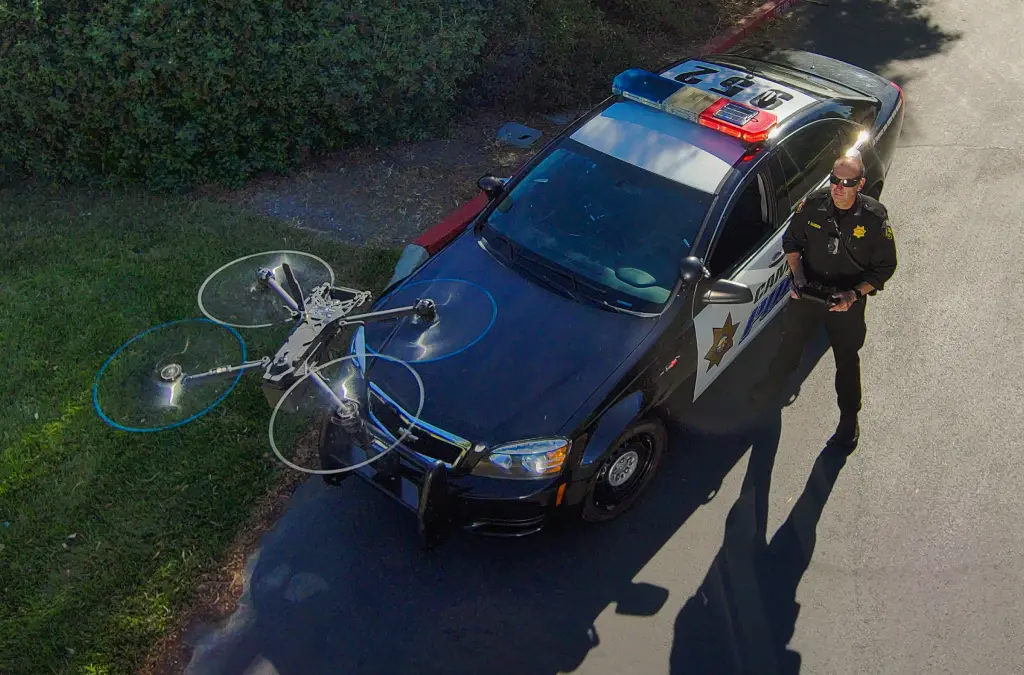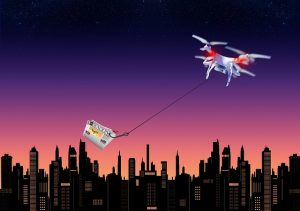
Drone
Advantages of Drones
Endurance
One of the most important advantages of drones, when compared to manned aircraft, lies in their long endurance capability and the prolonged availability for operation as a result of this. It’s especially true for the larger military drones.
For the military, an Unmanned Combat Air Vehicle (UCAV) provides far greater range than any manned fighter and can perform high-speed maneuvers impossible for a pilot.
Safety
Another advantage of drones over manned aircraft is that of safety as the drone pilot is now located on the ground.
This is also especially relevant for dangerous civilian missions, such as observational flights over forest fires or research missions in the arctic. This advantage applies to all size categories of drones.
Flexibility
Increased flexibility is yet another advantage of drones, because of their size and aerodynamic characteristics, drones are more maneuverable even in challenging and urban locations.
For example, inside buildings in disaster areas that are in danger of collapse.
Operational Cost
For sites of 10 km² (4 square miles) or less, drone surveys already represent a cost-effective alternative to traditional photogrammetric data collection methods.
A drone can be deployed even for a small targeted area under observation and only provide the necessary set of data instead of a digital flood of information. Thus, a smaller drone instead of a helicopter or manned aircraft for such applications largely reduces the mission cost.
Drones by Commercial Application
Aircraft Inspection Drone
Drones used for aircraft inspection are equipped with high-resolution cameras and sensors that are able to perform thorough inspections of aircraft, reducing the need for manual labor and increasing safety for workers. Drones can also access hard-to-reach areas of the aircraft, providing a more complete inspection.
Delivery Drone
The use of drones in delivery has become increasingly popular in recent years. Not only do they offer a faster and more efficient delivery method, but they also reduce the need for human labor and decrease carbon emissions.
However, there are still some challenges to be addressed, such as drone safety and regulations.
Nonetheless, with advancements in technology and the potential benefits they offer, it is likely that we will see an increase in the use of delivery drones in the future.
Agricultural Drone
Drones can aid with large-scale crop monitoring at a lower cost and provide much-needed real-time data to make effective plans and strategies.
Agricultural drones can also drastically reduce the cost of land surveying. Even if we could save a few percent on cost and increase the yield by less than 2 percent, we can expect savings in billions of dollars in the US alone.
Precision agriculture through drones is an enticing possibility. Drones can spray the crops flying just a few feet above the plants. The pesticides can be directed where required reducing the downwash and amount of pesticides sprayed onto the ground which leaches to the groundwater.
A few of the uses of drones in agriculture are as follows:
- Crop Spraying
- Crop Monitoring
- Soil Inspection and Analysis
- Crop Health Assessment
Farmers using drones have reported significant increases in crop yields and overall profitability.
Wind Turbine Inspection Drone
Wind turbine inspection drones are providing a cost-effective and efficient solution for wind turbine inspection. They can capture high-resolution imagery and gather valuable data on the condition of turbine blades and other components.
This information can then be used for preventative maintenance and to ensure the safe operation of the turbine. Additionally, drones can reach areas that may be difficult for human inspectors to access, thus reducing the need for expensive and potentially risky equipment rentals or climbing.
Cell Tower Inspection Drone
Drones used for cell tower inspection are equipped with high-resolution cameras that can conduct visual inspections of cell towers, allowing for the detection of any damaged or malfunctioning equipment. This can greatly reduce the need for technicians to physically climb the towers, improving safety and efficiency.
Additionally, drones can also collect data on signal strength and coverage, providing valuable information for network optimization. Overall, the use of drones in cell tower inspection can lead to cost savings and improved service for telecommunications companies.
Power Line Inspection Drone
Power line inspection drones equipped with high-resolution cameras have become valuable tools for power utility companies. Not only do they provide a safer option for inspecting hard-to-reach areas, but they also offer a faster and more efficient way to gather data on potential issues.
By using drone technology, power companies can quickly identify and address problems such as damaged wires or malfunctioning equipment, preventing potential outages and improving overall reliability for customers.
Additionally, drone inspections can reduce the need for manual work at heights and minimize disruption to surrounding areas.
Construction Drone
Drones can be used for site surveying, aerial photography and mapping, progress monitoring, and inspections. By using drones, construction teams can save time and resources, increase site safety, and make more informed decisions.
Additionally, drone technology allows for real-time data collection and analysis, improving overall project efficiency and accuracy. In the long term, utilizing drones in construction can lead to cost savings and improved project outcomes.
Solar Panel Inspection Drone
Drones provide a cost-effective and efficient method for inspecting large solar panel installations. They can capture high-resolution images and footage, allowing for detailed analysis of panel performance and identification of potential issues.
Using drones for solar panel inspection also eliminates the need for manual inspection, which can be time-consuming and potentially hazardous. Overall, incorporating drones into the inspection process can improve the overall maintenance and operation of a solar panel installation.
Roof Inspection Drone
Drones provide a safe and efficient alternative to traditional roof inspection methods, such as using ladders or scaffolding. They allow for closer and more detailed examination of hard-to-reach or hazardous areas, reducing the risk of injury to inspectors.
Additionally, using drones can save time and money by reducing the need for physical set-up and enabling multiple inspections to be completed in a shorter amount of time. On average, a drone roof inspection can cost anywhere from $500 to $1500.
It is important to note that a drone roof inspection can often save money in the long run by identifying potential issues before they become costly problems. It can also increase safety by eliminating the need for workers to physically climb onto the roof.
When selecting a drone operator for your roof inspection, be sure to ask about their experience and equipment, as well as any additional services they may offer such as aerial photography or thermal imaging. Choosing a qualified and experienced operator can ultimately save time and money in the long run.
Military Drones
At present, larger drones are mainly being utilized by the military forces for applications ranging from surveillance to combat missions.
The function of a drone and its application are determined by its payload. The payload is directly related to the task.
To undertake surveillance, there would be the necessity of carrying CCD (Charged Couple Device) cameras with Multi Optronic Software payload.
Similarly, for ELINT (electronic intelligence), a drone would carry an ELINT payload. In the event of undertaking an offensive task, the payload would comprise the guidance system with suitably armed missiles.
Drones offer even the poorest nations with the option of building an ‘air force’ for border patrol and ISR (Intelligence, Surveillance, and Reconnaissance) when modern manned aircraft, pilots, and maintainers are unaffordable. It is cheaper to buy and operate a top-of-the-line drone than to train a pilot and acquire and maintain the aircraft.
Civil and Commercial Drones
A research report from BIGS (Brandenburg Institute for Society and Security) on “Unmanned Aircraft Systems for Civilian missions” has very nicely categorized the prospective civilian use of drones into six categories:
- Scientific research,
- Disaster prevention and management,
- Environmental protection,
- Homeland security,
- Communications missions and
- Protection of critical infrastructure.
It suggests interdependencies between the individual application fields. For example, data collected by a drone for disaster management or during infrastructure surveillance can be used for other scientific research and so on.
These civilian use of drones cannot be considered in complete isolation from one another. Rather, the growing application of drones in civilian uses brings with it economies of scale.
The same is true for the commercial application of drones as well. Thus, a drone can in principle be equipped with different sensors, so that only one platform can be used to carry out several different civilian and commercial applications.
Here are a few sectors for civilian and commercial applications of drones:
- Homeland Security
- Drone Inspection
- Drones in Agriculture
- Forest and Land Management
- Drone as Satellite Alternatives
Homeland Security
Homeland security can use drones for surveillance and crowd control. However, the use of drones for domestic security has also raised concerns about privacy and civil liberties.
There have been calls for clear regulations surrounding drone use, as well as transparency in their deployment.
Additionally, some have raised the issue of the potential for increased militarization of law enforcement agencies through the use of drone technology.
Overall, the use of drones for homeland security remains a controversial and evolving topic, with the balance between security and civil liberties still being navigated.
Drone Inspection
For example, periodic inspection of high-tension power lines, gas and sewage pipelines, roads, railway tracks, in real-time is one area in which drones can enhance the quality of management.
Forest and Land Management
Drones are also used for habitat conservation, land analysis, and urban planning.
Drones can be used to monitor wildlife habitat change and population count, wild animal movement patterns, and forest fires.
in urban planning and land management, drones can be used for remote sensing. Instead of satellites, drones can fly at low altitudes and provide a vast array of data and high-quality images at a comparatively lower cost. Thus, drones are arguably a cost-effective and viable alternative to satellites for remote sensing applications.
Drone as Satellite Alternatives
Launching and operating a satellite is quite expensive and they have to be discarded once used for the mission.
Solar-powered unmanned high-altitude drones could serve as an “atmospheric satellite,” autonomously flying in the sky’s upper levels for ‘years’ continuously.
Such drones can aid in surveillance, asset tracking, aerial mapping, monitoring of crops, disaster sites, and many other purposes currently served by a low-altitude satellites.
Compared to satellites, they can also be used at any time to observe the area required and can instantly provide dynamic imagery of a given subject. Satellite imagery, in contrast, is usually available no sooner than 24 hrs from when it is requested, sometimes as much as 72 hours, an important factor, especially in disaster management.
Future of Drones
Drones have progressed from just a basic radio-controlled model aircraft mainly used for recreational purposes to more sophisticated unmanned aircraft that are used in numerous military as well as commercial applications.
Drones are now considered one of the major potential advancements that could pave the way toward the future of passenger as well as cargo transport.
Civil and Commercial Application of Drones in Future
Most of the drones in operation globally are small ISR (intelligence, surveillance, and reconnaissance) military drone platforms, but the past few years have also seen growth in civilian applications (primarily agriculture).
While only a handful of drones were aimed at the civilian market even just a few years ago, many offered today are either dual-purpose for both military and civilian applications or intended for commercial, academic, law enforcement, and even personal use.
Drones are already making their way into various civilian applications. At present, these are mostly low-level law enforcement and environmental monitoring efforts far from the populated areas.
However, companies, as well as government bodies, are evaluating integrating drones into the urban environment in the near future. In the US, small drones operating in uncontrolled ‘Class G airspace’ have become increasingly common for videography applications.
Both government and private organizations engaged in homeland security, planning, materials and land information management, atmospheric observations, disaster management, and development activities can utilize low-cost drones for their respective applications.
Drone demand for monitoring crops, wildlife, forest fires, and traffic, as well as remote-area delivery of medicine, aerial news, sports photography, TV, and movie production, is also expected to grow further in the near future.
FAA regulations granting drones more relaxed permission to fly in controlled National Air Space, along with similar measures in Europe and Asia, will provide the foundation for civilian drone market growth.
One of the largest civil and commercial applications of drones is for aerial imaging and data acquisition. Even the smaller commercial drones have become so technologically sophisticated that one can replace the use of helicopters or lighter aircraft for various applications at a rock-bottom cost.
Also further opening civil airspace for various commercial drone applications could produce tens of thousands of new jobs and billions of dollars in economic activity.
Future of Military Drone
Significant growth in the use of UCAVs is expected in the military segment because of their low cost and capability to operate high-threat tasks compared to manned aircraft.
The US, Russia, China, India, and European nations are expected to largely increase the military utilization of UCAVs in the coming years.
There’s also the growing interest in mini drones which could be hand launched for various military applications. These drones currently have an endurance of 2~3 hours and easily cover a range of up to 15 km. A suitable payload on such mini drones is enough to provide good tactical data of the area under surveillance.
Although, high-altitude-long-endurance (HALE) drones require high technological prowess and a huge budget, many UCAVs and other smaller drones are within the budget and operational capability of even the smaller nations. These can also be indigenously developed and deployed for border surveillance and other tactical missions.
Drone Industry Challenges
Civilian and commercial applications of drones are limited by various factors such as the restricted availability of civilian air space, liability, security, and safety.
Civilian usage of drone operations has still not started at the pace that can be expected as the local regulations apprehend the usage.
Also, a misunderstanding over the lack of safety and privacy of citizens has hindered their operational capabilities.
Rules and Regulations
In many countries, there is no independent regulatory authority to oversee the design, manufacture, operation, maintenance, safety, and liability of drones.
The current regulations in many countries either forbid or restrict drone applications in civilian airspace. Regulatory bodies and governments in respective countries should create a centralized body to regulate drone applications and set certain standards to ease their entry into civilian airspace.
Drone manufacturing and design can be regulated, operational demands can be evaluated, and the airworthiness certification can be applied for ‘unmanned aircraft’ category in civilian airspace.
One of the main reasons that international bodies such as ICAO (International Civil Aviation Organization), FAA (Federal Aviation Administration), EASA (European Aviation Safety Agency), and MTCR (Missile Technology Control Regime ) cite regarding the delays in implementing drone use in civilian airspace is the lack of sophisticated Unmanned Aircraft System Traffic Management (UTM) to prevent the drones from colliding with other aircraft, building, and terrain.
However, novel airspace management approaches for autonomous drones are being discussed. Such an airspace management system allows drones to dynamically and autonomously choose between the modes of operation and reduce the chances of collision. Government and industry organizations are actively engaged in establishing national and international regulations for their eventual introduction.
Privacy Concerns
One of the most vocal concerns about drone usage also involves ‘privacy’. In the US, legislatures in several states have introduced bills to restrict drone usage in urban and residential areas citing privacy concerns.
In Europe, government hearings and similar studies on privacy issues are also underway.
Drone As a Service
DaaS is a business model in which companies can rent or lease drones and their accompanying services for a specific period of time. This allows businesses to utilize the advanced technology and capabilities of drones without the need to purchase them outright.
Some potential uses for DaaS include aerial photography, surveying and mapping, infrastructure inspections, precision agriculture, and delivery services.
DaaS can provide cost savings for businesses by reducing the need for human labor in certain tasks, increasing the efficiency and accuracy of data collection, and providing real-time information.
It can also improve safety by allowing for remote operations in hazardous environments.
As drone technology continues to advance and become more accessible, DaaS is an increasingly attractive option for businesses in a wide range of industries.
Based on data of inspection efficiencies from past projects and the data coming from the field trials done by Electric Power Research Institute (EPRI) the ...
Drone-based aerial surveys are done via specially designed mobile apps that can automate almost the entire process. This leaves no room for human error and ...
Drones are able to map out an area quickly, zipping through power lines while still avoiding towers and other potential hazards. Since drones are agile, small, ...
There are two simple reasons for this. The first is the value that drones can provide, including improved safety, better communication, and much more. The ...
Operational in just 55 seconds, Parrot’s ANAFI USA drone uses an integrated FLIR Boson Thermal sensor and a powerful 32x zoom, to detect centimetric hot spots ...
“Choosing a drone for wind-turbine blade inspections is the safer choice,” says Ben Marchionna, Head of Global Operations at SkySpecs, a U.S.-based robotics ...
Aerial thermography inspection is the most efficient way for solar PV operations and maintenance (O&M) teams to identify and repair malfunctioning solar ...
The flying quadcopter named RISER was programmed to scan and assess the aircraft, providing a report on any damage which may require further inspection or ...
Equipped with advanced cameras, aerial inspection drones can be used to supercharge the efficiency of ground inspection crews. To be clear, they do not match ...
With gargantuan companies like Google and Amazon working on launching delivery drone projects for public use, the sky may be filled with thousands of drones ...
Drone data is known to be clear, precise, and of high-resolution. UAVs furnished with high-quality cameras can precisely seize aerial photographs and videos of ...
Looking for a more efficient, accurate way to inspect wind turbines? Look no further than the wind turbine inspection drone – an efficient method that uses ...
Cell Tower inspections can get costly and time consuming, but they are necessary. Whether it is a new tower which must be inspected or there has been a recent ...
Crucially, the high-resolution nature of drone data can be used to assess the fertility of crops, allowing agricultural professionals to more accurately apply ...
When you’re using on-ground crews, errors are a part of the job. Even the most skilled and experienced roof inspectors are subject to human error. There’s no ...
During traditional thermographic inspections of rooftop solar fields, there is rarely enough space to crawl under the panels to get straight-on, close-up ...
Taking note of the exponential growth of drone-asas-a-service (DaaS), enterprises are deploying commercial drones for—inspection (infrastructure, survey, ...
For aerial solar inspections and any drone inspections in the US, the drone pilot will need to obtain their Part-107 ‘Remote Pilot Certificate’ license, read ...
eCommerce delivery drones still feel like they belong in a sci-fi movie! The concept of flying delivery drones and four-wheel robots becoming a common delivery ...
In recent years, the utility inspection industry has witnessed a significant shift in the way aerial inspections are conducted. Today, drones and helicopters ...


